US v. them: Trump’s tariffs and his economic vision of dominance
Confrontation with the rest of the world, enemies and allies alike, is at the heart of Donald Trump’s politics. His tariffs must be understood in this way.

US President Donald Trump’s April 2 announcement of sweeping new tariffs against numerous countries isn’t just driven by (already questionable) economic reasoning. It reflects the deeply adversarial worldview embraced by the current occupant of the White House.
Since returning to the presidency, Trump has unleashed a new wave of tariffs unprecedented in scope. Traditional allies and strategic rivals are now under the same banner, marking a radical shift in Washington’s trade policy that hardens positions taken in Trump’s first term, amplifying them with an unbridled display of power.
Just as in 2017, when he spoke of “American carnage”, Trump paints an apocalyptic picture of the US, a country he claims has been “looted, pillaged, raped and plundered by nations near and far, both friend and foe alike”. This dramatic narrative is met with a double promise of “liberation” and the restoration of a new “Golden Age”.

A weekly e-mail in English featuring expertise from scholars and researchers. It provides an introduction to the diversity of research coming out of the continent and considers some of the key issues facing European countries. Get the newsletter!
Tariffs thus become the weapons of a nationalist crusade, where every import is an attack on sovereignty, and every export a symbolic act of reconquest.
An authoritarian vision of international trade
Trump’s trade doctrine is part of a broader strategy defined by confrontation, centralised executive power and a neo-imperial view of the global economy. His tariff measures go far beyond protecting domestic industry: they aim to reshape the global order according to his own interpretation of national interest. This second act of the Trumpist revolution is not a rerun, but an escalation – one based on authoritarian ambitions, the rejection of multilateralism (as seen in the administration’s utter disdain for the World Trade Organization, and the glorification of raw sovereignty.
The supposed economic logic behind these policies is as flimsy as it is revealing. The chosen calculation method – dividing the bilateral trade deficit by import volumes – is little more than a blunt instrument to go after countries the US runs a deficit with. Officially, it’s about cutting trade deficits, bringing jobs back and raising revenue. But the real agenda runs deeper: consolidating presidential power and replacing global cooperation with a doctrine of economic domination.
Tariffs as tools of power and messaging
Trump’s first term has shown the limits of this strategy. The trade war with China, in particular, triggered price hikes for consumers, disrupted supply chains and severely hurt US agricultural exporters. One study found that US consumers bore the brunt of these costs, with an average 1% increase in the prices of manufactured goods.
Trump doesn’t behave like a traditional head of state operating within a multilateral framework. He acts more like a lone ruler, dispensing rewards and punishments to serve his political – or even personal – agenda. Tariffs, in this context, function as much as media stunts as they do economic instruments. Branded as “reciprocal tariffs”, they construct a simplified and powerful narrative: that of a crusader who corrects the wrongs inflicted on citizens betrayed by free trade.
This message hits home with workers in industries like auto manufacturing. It offers up convenient villains – China, Europe, and the domestic elite who support free trade. Trade policy is no longer about negotiation; it’s about retribution. In this worldview, the spike in tariffs isn’t just an economic manoeuvre – it’s a statement of sovereignty, even of symbolic power.
From personal obsession to state doctrine
Trump’s protectionism is not an overnight development, but part of a long-standing obsession. As early as 1987, he railed against Japan’s trade surpluses with the US and called for steep tariffs on Tokyo. He spoke of the US being “ripped off” and showed a near-paranoid fear of national humiliation or betrayal. At its core, this reflects a deep-seated drive to reassert dominance – to “win” in a world he views as inherently hostile and conflictual. It’s one of the few constants in Trump’s worldview, given his lack of ideological consistency and frequent U-turns on other issues.
Today, everything is reframed as a question of sovereignty: rare earths, strategic minerals, data flows, shipping lanes. This worldview echoes the imperialist pivot of the late 19th century, especially under US president William McKinley (1897–1901) – a figure Trump pointedly invoked in his second inaugural address.
This logic also helps explain some of his most provocative gestures: stating he wants to buy Greenland, putting pressure on Canada in hopes of access to its natural resources, and eyeing Ukraine’s mining potential. The underlying idea is blunt and unmistakeable: resources are finite, and you’d better grab your share before someone else does. In this zero-sum game, where one country’s gain is another’s loss, cooperation gives way to conquest.
The rise of techno-nationalist mercantilism?
In this worldview, competition isn’t seen as a source of innovation – it’s a threat to be eliminated. The aim isn’t to make America more competitive, but to sabotage the competitiveness of others. The US no longer presents itself – even rhetorically – as a democratic nation playing by the rules of global markets. Instead, it acts like a corporation determined to secure monopoly power.
This authoritarian shift resonates with key Trumpist thinkers. Peter Thiel, a mentor to US Vice President JD Vance, famously declared that “capitalism and competition are opposites”, championing monopoly as the ultimate goal. Cuts to the federal government and sweeping deregulation aren’t about unleashing free markets – they’re about consolidating control and asserting dominance.
À lire aussi : Trump protectionism and tariffs: a threat to globalisation, or to democracy itself?
The aim now is to sidestep global systems, not to integrate them – to build an imperial-style autarky where the US controls a closed sphere of influence, shielded from outside competition. This is mercantilism reimagined for the digital age: instead of gold and silver, the currency is data, infrastructure, dollars and crypto currency. Cooperation gives way to coercion.
Toward an authoritarian international order – or a political disaster?
The April 2 announcement is far more than an economic decision. It’s a bold political statement – a deliberate move toward a new world order rooted in strength and loyalty, rather than law and cooperation.
There’s undeniable continuity with Trump’s first term. But this time, the scale, radicalism and concentration of power represent a decisive escalation. Trump increasingly treats the state as his personal property – or a private business – what some have aptly called “patrimonialism”. He is shaping an authoritarian model in which trade becomes a weapon in a new kind of global cold war, driven by fear of decline and an obsession with control. In this logic, prosperity is no longer a shared national goal – it’s a privilege reserved for those in power.
This trajectory could become politically explosive, especially as Trump faces falling markets and looming inflation – both threatening a weakening of his presidency. If he doubles down despite sinking approval ratings, Republican lawmakers may be forced – under pressure from their voters and donors – to finally push back and reassert their constitutional role. Early signs of dissent within the Republican Party are already surfacing, alongside public anger that remains scattered – but is growing harder to ignore.![]()
Jérôme Viala-Gaudefroy ne travaille pas, ne conseille pas, ne possède pas de parts, ne reçoit pas de fonds d'une organisation qui pourrait tirer profit de cet article, et n'a déclaré aucune autre affiliation que son organisme de recherche.
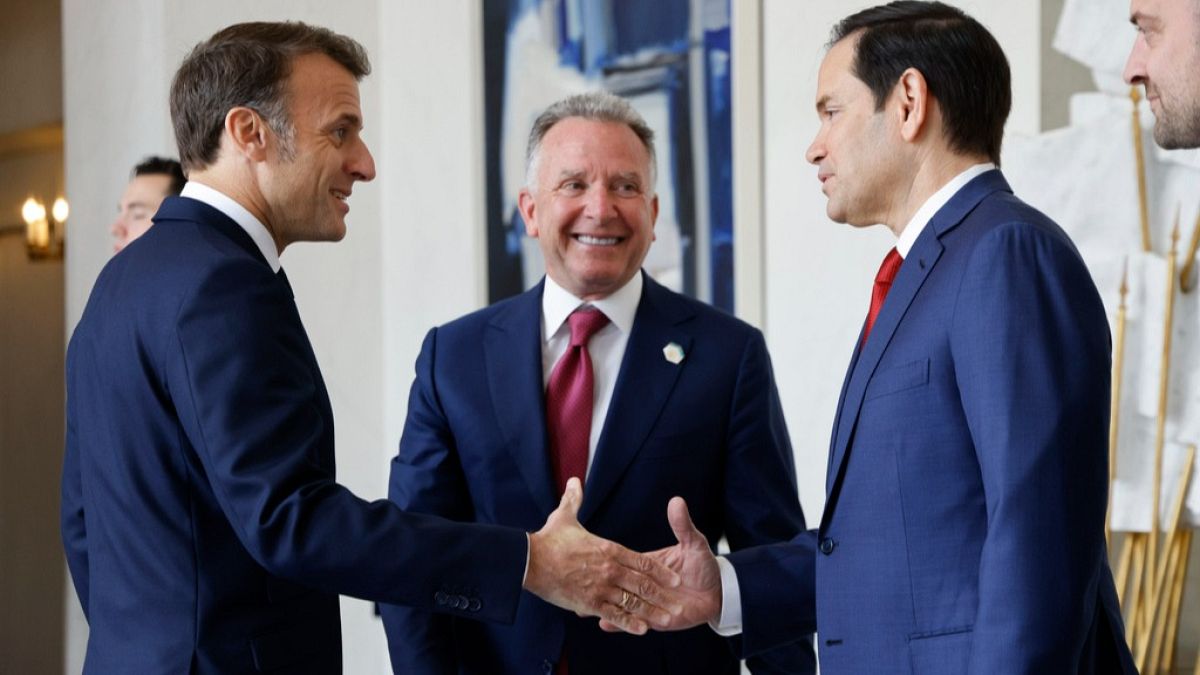













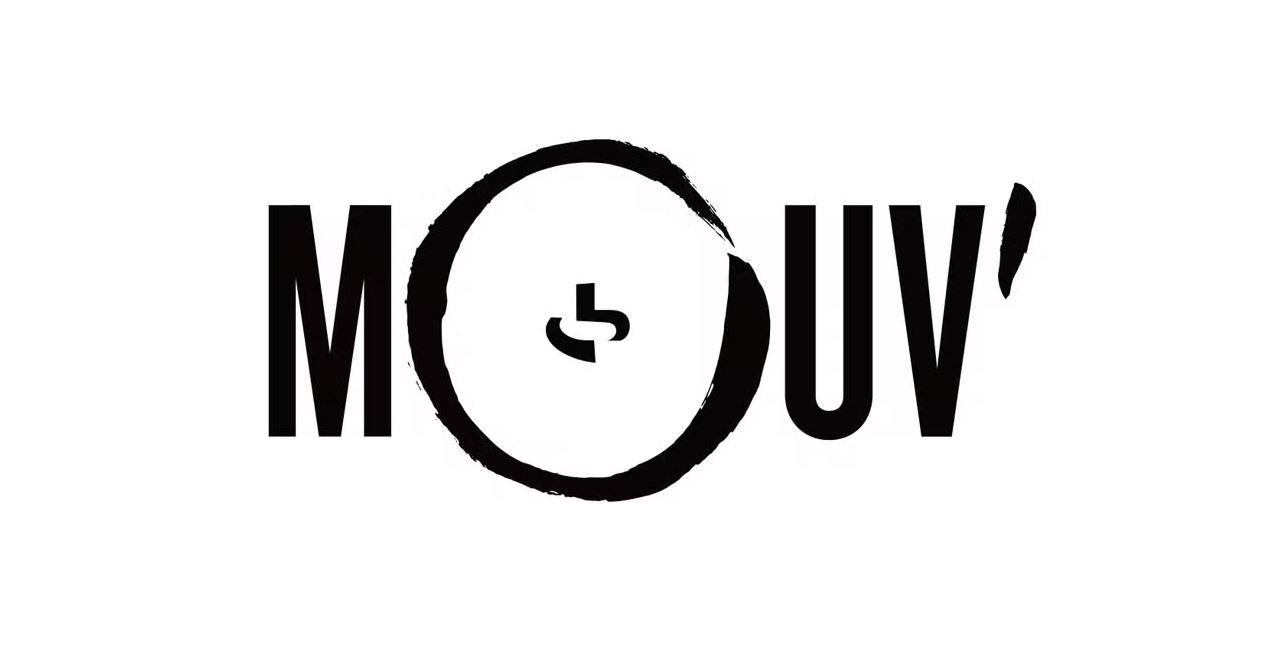
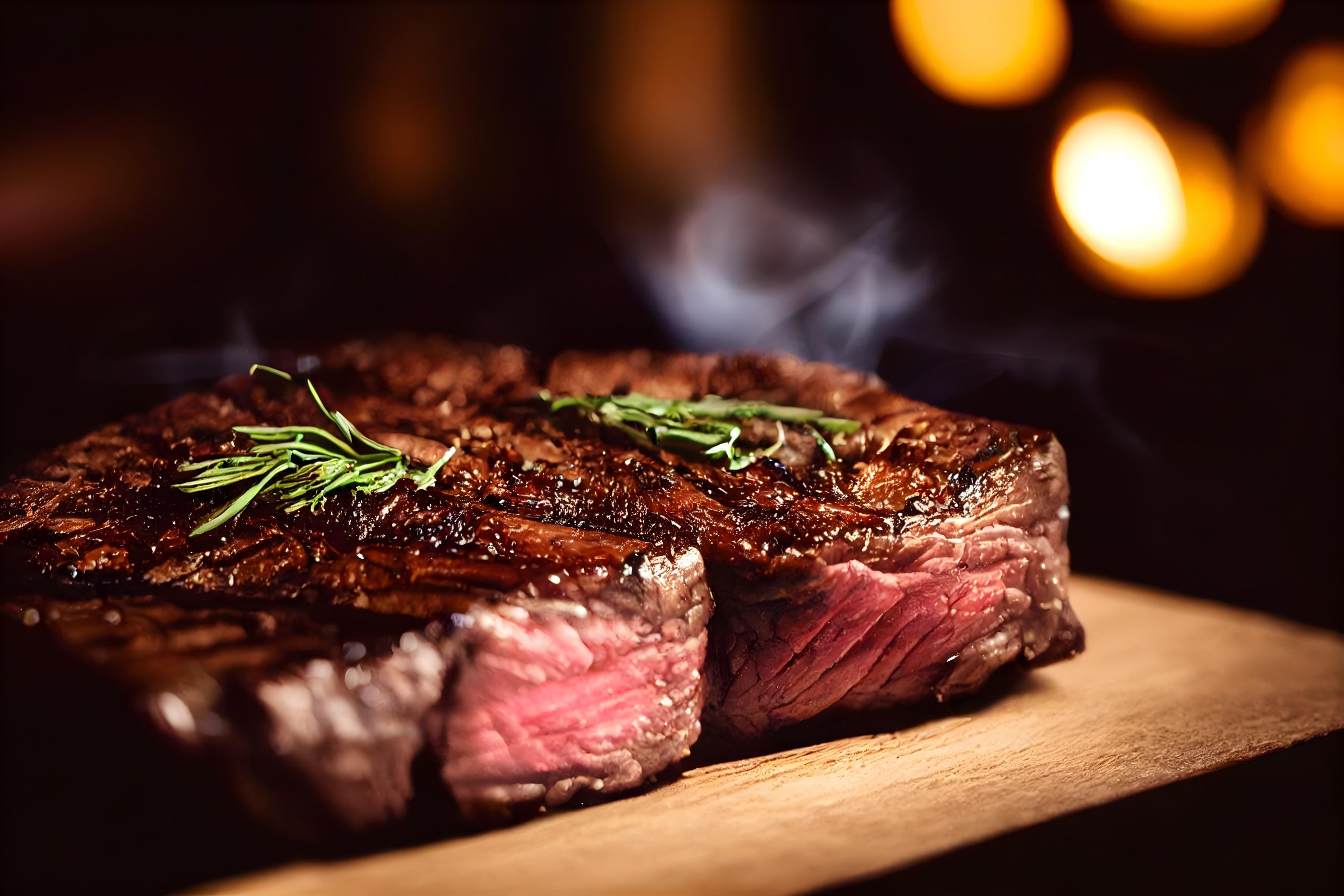

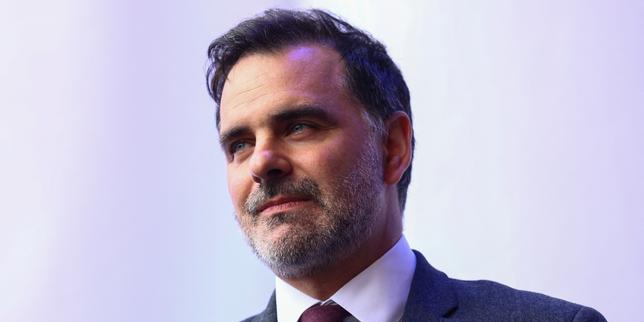







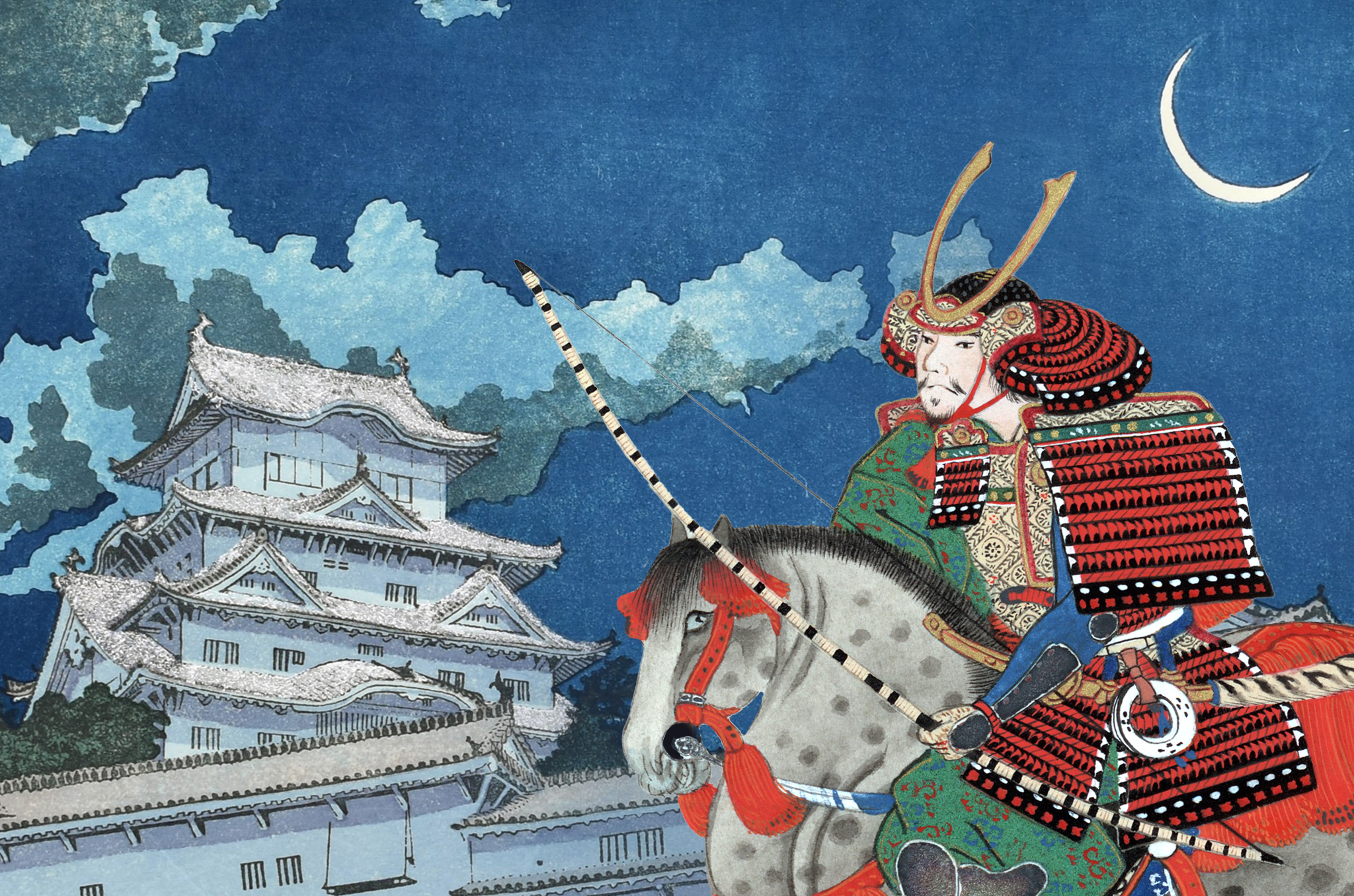


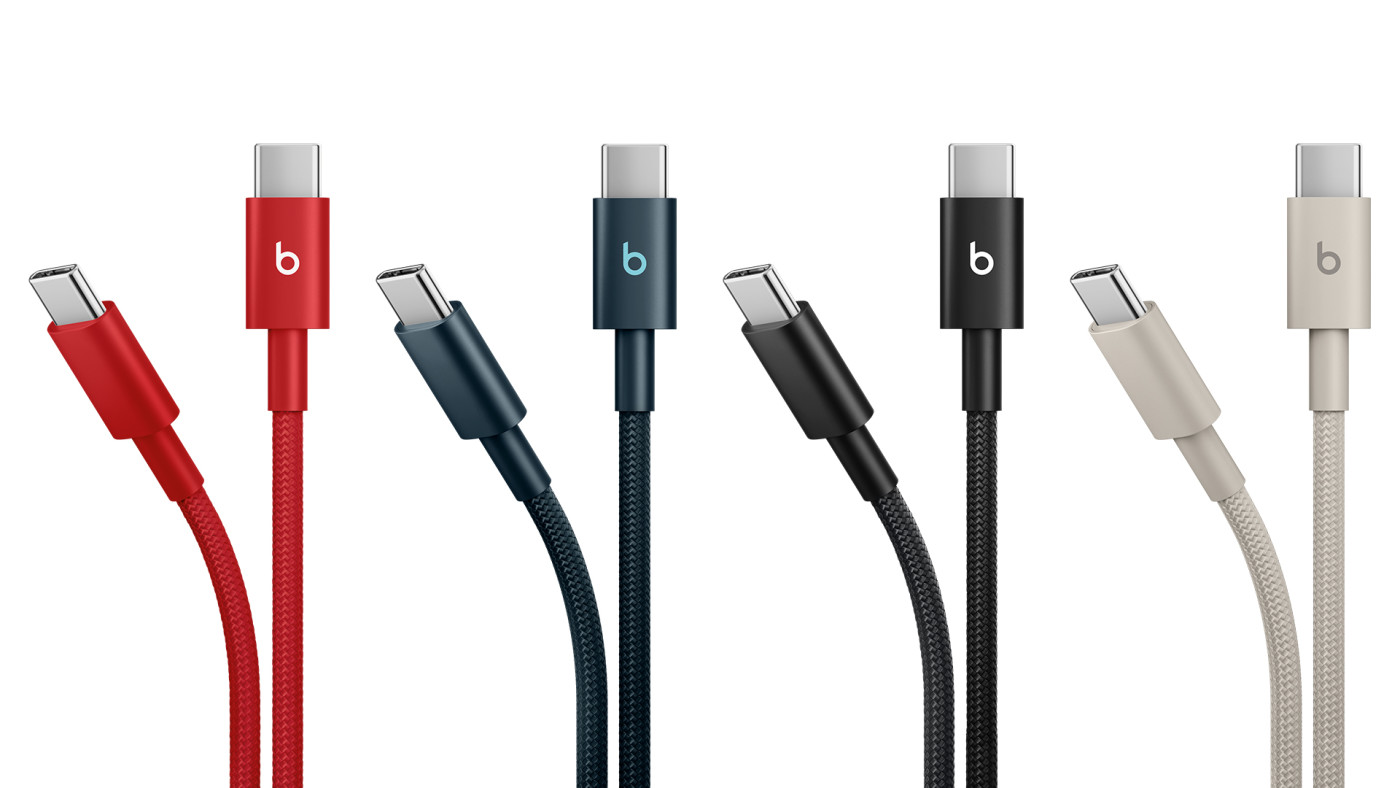






















/2023/10/05/univ-651e44b12fbef351532354.jpg?#)


![« La tendance n’est pas à une dégradation des conditions financières » [Société Générale]](https://www.greenunivers.com/wp-content/uploads/2025/04/image-13.png)

















